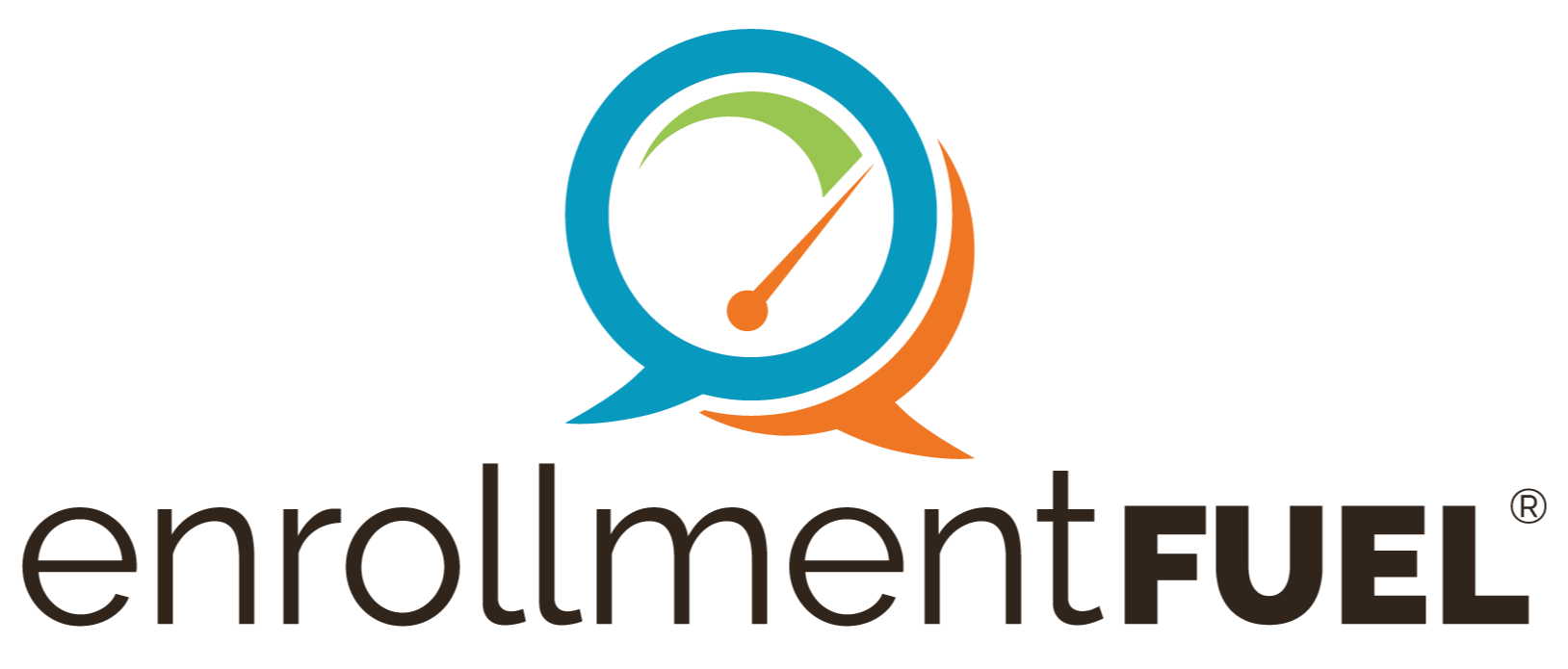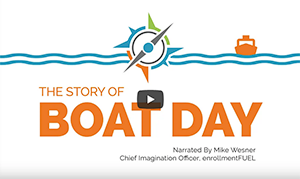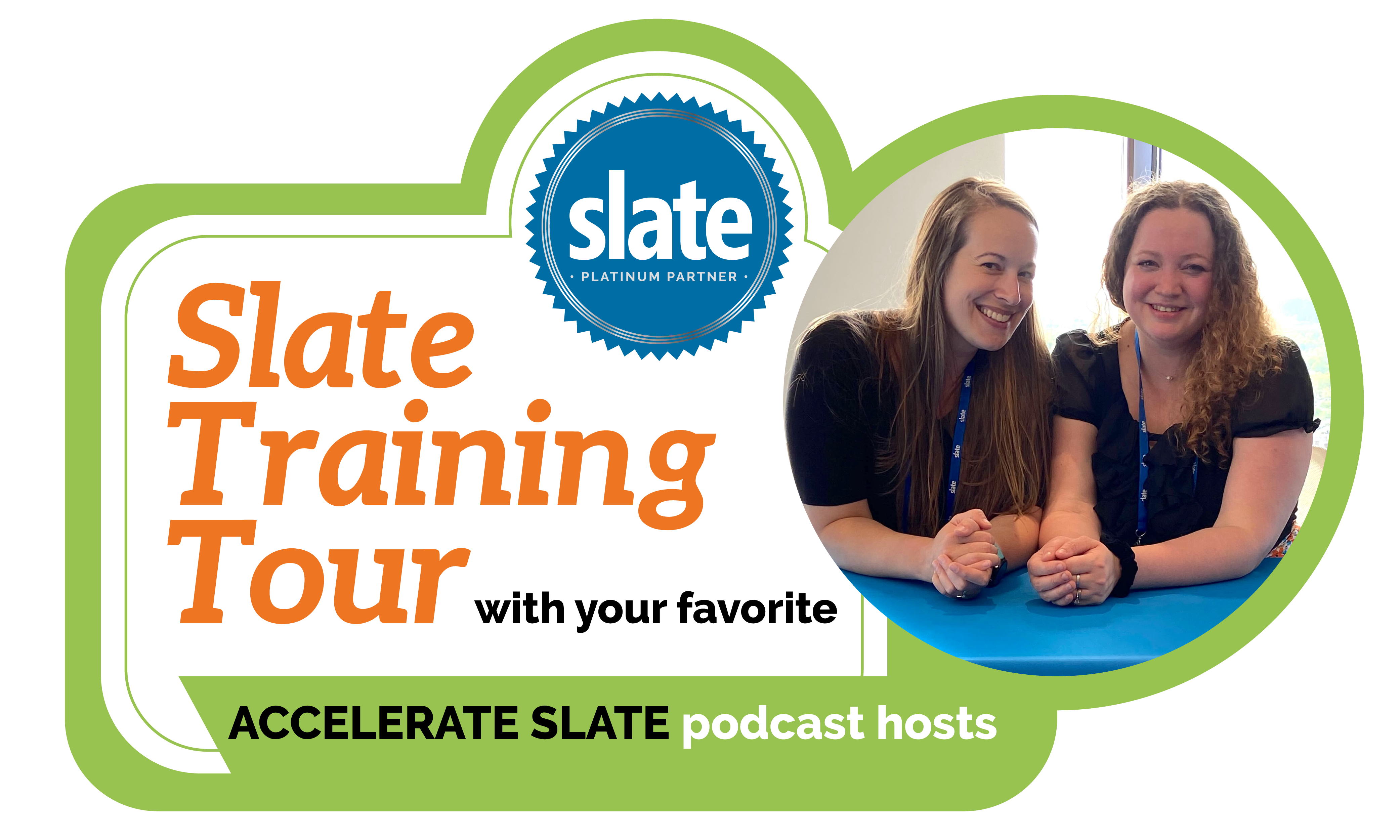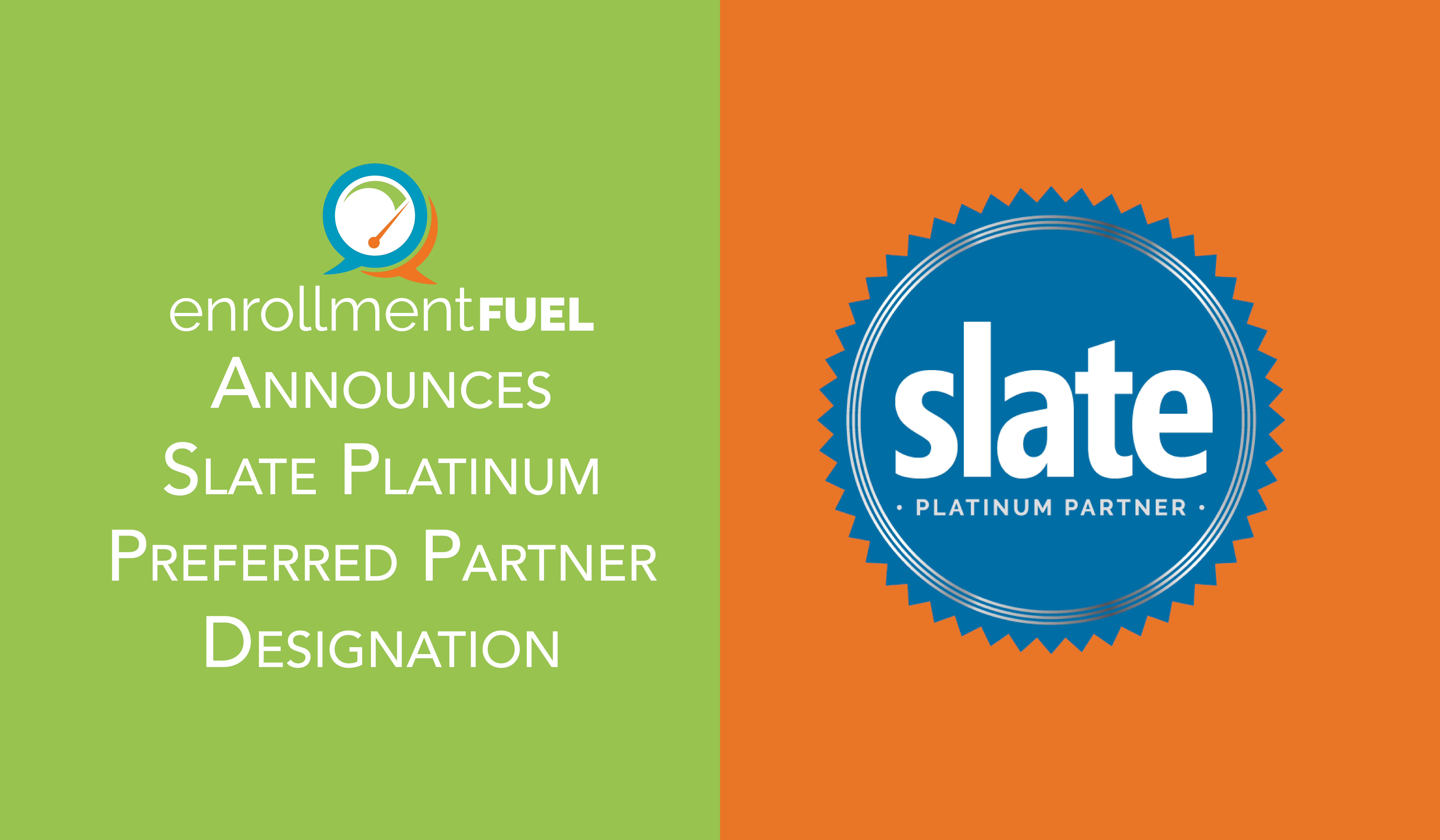Picture this…America…2020…
COVID hits. Standardized testing dates have been cancelled around the country.
In the spring, institutions went test-optional, and many will never return to requiring standardized testing for admission. More than 1,200 colleges and universities have made the shift as of August 2020, and many others will follow [1]. This massive movement to test-optional has ignited a concern around the country from college admissions professionals who are worried about how they will communicate with a whole new generation of students whose names will not be available due to a lack of testing.
If the names aren’t available, how will I fill my class?
Jen Sekol, Director of Admissions at Keystone College, is not alone when she expresses her struggle this year—“ Due to COVID, not only have we lost many of our ‘tried and true’ recruitment strategies because of cancelled travel seasons, but we also have tighter budgets. We have to find new ways, and a greater variety of ways, to attract students and reach them where they are.” No need to panic just yet! Most of the volume that’s been impacted does not affect the class of 2021. And there is time to make up ground for 2022 and beyond.
If you’re in a College Board state, consider purchasing opt-in SAT names. College Board reports 386,000 students were added to the database for searching on October 5 through the new opt-in policy. Opt-in students are those who have a College Board Account and have opted-in to Search. Many of these students:
- Were registered for a test and were unable to sit for the test
- Are registered for an upcoming test
- Created an account and built a college list on BigFuture
It is estimated that nearly 1 million tests will be administered by College Board between September and December, mostly for the class of 2021.
Additionally, protocols are being put into place, and more flexibility is being offered to students who are unable to take tests due to COVID cancellations. The situation is similar with Encoura, who has seen a slight drop in name volume and is providing names of students who missed a test administration as well.
So, with the uncertainty around traditional name buy sources, what other strategies should I try?
In your primary territory, it’s important to utilize a variety of name sources. It is surprising how few names overlap between purchase lists.
- Consider sources that allow for de-duplication.
- When looking at junior testing, e.g., PSAT, drop your scores below your normal search criteria. If you normally search for a 1050 total SAT, when searching for PSAT, look for 950 and up.
- Search for AP names, too. Don’t limit yourself to the students whose scores fit those you will accept for transfer. Remember, search for names of students who are college-bound, not necessarily those who will transfer AP test scores to the institution. For more information, Tony Pace, Southeast Regional Director of Admissions at Lafayette College, wrote a blog about this last year. Check it out!
- Look at sources of official hand-raisers for your institution. Niche, College Board, Encoura, enrollmentFUEL’s inquiryBUILDER™, and many others all have access to lists of hand-raisers. Seek data on how those students yield differently from other inquiry sources. Ask how those students became hand-raisers for your school.
- Try not to limit your purchase by major (unless searching for specific programs) – and make sure to search for no response, undecided, and other majors when you are making your selections!
What can I do beyond traditional list sourcing?
“Generating organic leads” has become the official “buzz phrase” of 2020. With the decline of traditional test searching methods on the horizon as schools move to test-optional, the writing is on the wall.
- While this isn’t an organic lead strategy, IP targeting to any lists you can purchase is important. Students are online more since COVID, and many areas are still having online or hybrid methods of instruction. Reaching students through web ads and social marketing is important. Look for ways to measure student engagement with these ads (outside of traditional impressions). FUEL has had success with our matchBACK™ product to examine stealth visitor activity on college websites.
- Run look-alike models or use attribution models to run digital advertising to households outside your traditional lists. Find ways to track organic leads. Serve up retargeting ads on the web and through social media channels.
- It’s more important than ever to ensure your website is up-to-date and provides ways for students to easily inquire at your institution. This sounds like a “no-brainer,” but so many lead forms are buried on college and university websites. Having solid landing pages is key for effective digital marketing with CTAs that are simple and easily located and completed.
- Digital, digital, digital. It can’t be said enough. You get the point! If you missed Mike Wesner’s recent blog about Connected TV ads, you can catch it here.
With schools moving to test-optional and traditional list sources on the decline, it’s important to find ways to reach potential students using a variety of methods. Figuring out ways to maximize your potential outreach will be instrumental to determining enrollment success for your institution!
[1] Jaschik, Scott (2020). Making test-optional admissions real. Retrieved from https://www.insidehighered.com/admissions/article/2020/08/10/nacac-statement-seeks-make-test-optional-admissions-clear.
About the Author
Lisa Branson has a 22-year history of experience in the four-year and two-year sectors, to include public, private, and proprietary higher education. In the Strategic Enrollment Management field, Lisa has significant experience in admission, recruitment, retention, student life, and financial aid. She has been the chief enrollment officer, chief retention officer and has led large national financial aid divisions across the country. Lisa was responsible for a variety of successful initiatives to include increasing enrollment and expanding diversity, implementing improved financial aid leveraging strategies, and the development of “re-recruitment” retention plans.
Lisa began her career at Mary Baldwin University where she held a variety of positions including Associate Vice President for Enrollment Management. The position was responsible for all aspects of admission, financial aid, and retention. She has also worked as the Director of Student Finance at DeVry University, as well as holding financial aid management positions at Northern Virginia Community College. During her time in higher education, Lisa has worked to gain a variety of academic and workplace credentials in the field of Enrollment Management.
Related Articles
Communicating with Parents is Not a Passing Fad
Last week was a long week as I both exhibited and attended enrollment conferences in both...
Put Your Best “Campus Visit” Foot Forward
Prospective students receive dozens and dozens of messages across multiple methods of communication...
Play Next Episode: Digital Marketing with Connected TV
I recently wrote an article, The Year Ahead: Three Fundamental Drivers for Recruiting Success for...




